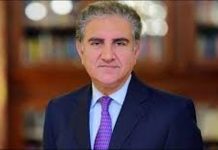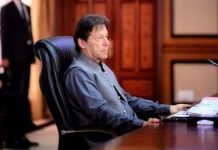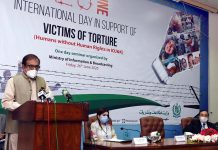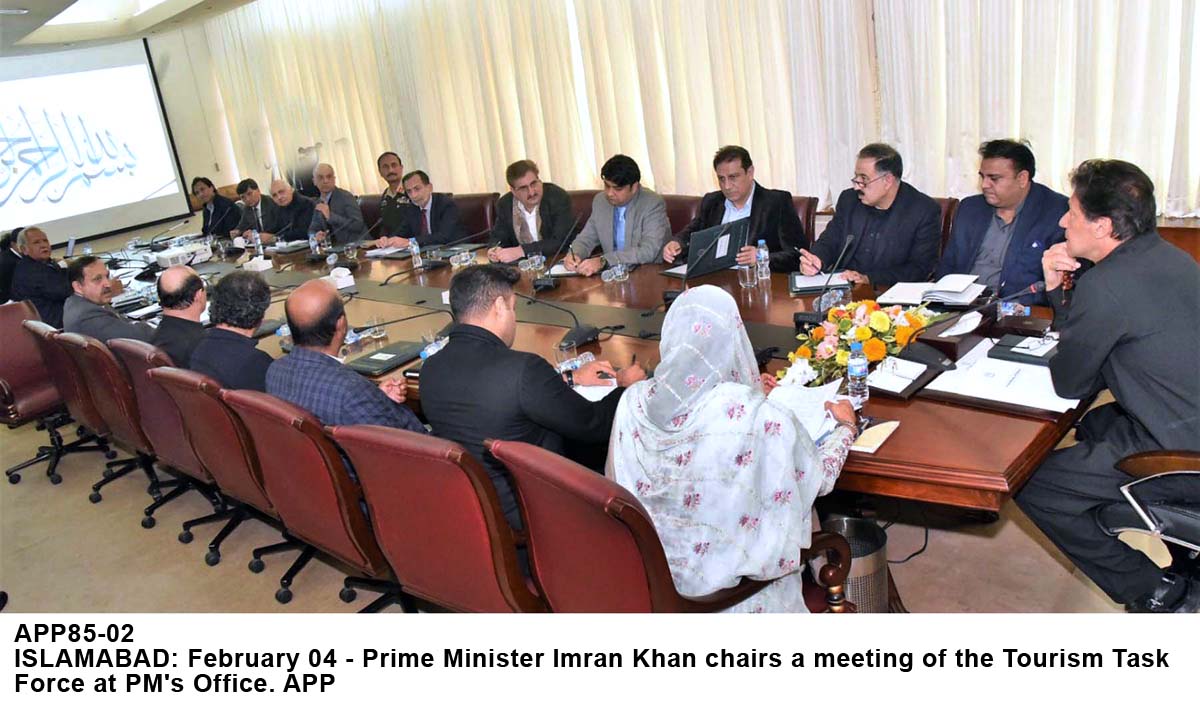KARACHI: Influx of population from different areas in the Sindh capital should be monitored through strengthening coordination within government institutions, political parties, security departments and citizen groups.
“We must know that the influx did not only bring those, who need better living, but some have come with narcotics, sectarian mindset and militant behaviors. Initially, provision of better civic services would help restore peace.” This was the core understanding of historian, town planners, politicians, academicians and youth representatives while speaking at a peace conference.
The event – Social Dialogue for Peace: Deliberations for an Inclusive Karachi – was organised jointly by the Pakistan Institute of Labour Education and Research (PILER) under the Karachi Youth Initiative (KYI) at a local hotel on Saturday.
Senior town planner and architect Arif Hassan said that Karachi city needs five department including research and planning, physical planning, implementation, operation and maintenance and coordination departments under the local government.
He said that the planning at the union council level was a must to improve the system and resolve the problems of the city. Over 1.7 motorcycles are plying in the city these days and according to a survey at bus stops, over 82 per cent people including 52 percent women. If duties are reduced every citizen can buy a motorcycle, he said.
He said that the budget for the annual development plan goes unspent. He suggested constituting a committee of the area and asking the MNAs or councilors, nazims where their money is spent. Talking about education, he said that there were 106 degree imparting institutions where as only three polytechnic and 16 vocational schools exist in the biggest city like Karachi.
Gul Hassan Kalmati, an author of eight books on Karachi history, in his speech said that influx of the population in Karachi was not a today’s issue. It has been started after British rule in 1843, he pointed out. When Britishers came in the region at that time, Karachi’s population was reportedly 13000 only, comprising Sindhi Hindus, Christians, Parsi, Kachhi and others.
Marvari, Gujrati, Madrasis, Biharis, Balochs and Iranian came to Karachi when British started construction of the Karachi Port and the railways. Farhan Anwer, another town urban planner, said that on one side population was increasing rapidly in Karachi due to influx of the people from different areas, the institutions, which manage the city, including service providers were decreasing.
He said that the planning and development in Karachi were not for common people. “Projects like new transport, water supply and other facilities are not benefitting common men,” he said. Dr Arif Alvi of PTI said that the electoral process should be made transparent and let the people elect their own candidates. “These legislators may resolve these problems because they have to produce themselves accountable to their voters,” he said.
Talking about the law and order in the city, SSP (South) Faizullah Korejo said that the parameters of law and order were different in Karachi as compared to other cities. Sharing his experiences, he said that the increasing land grabbing and extortion have collapsed law and order.
“We saw emergence of different sects in the city. Terrorism and sectarian violence had made the police force in trouble to deal with these issues effectively,” he said. Because the city police have hardly 33,000 strength while it needs at least 50,000 police force to tackle the violence, he informed the gathering.








